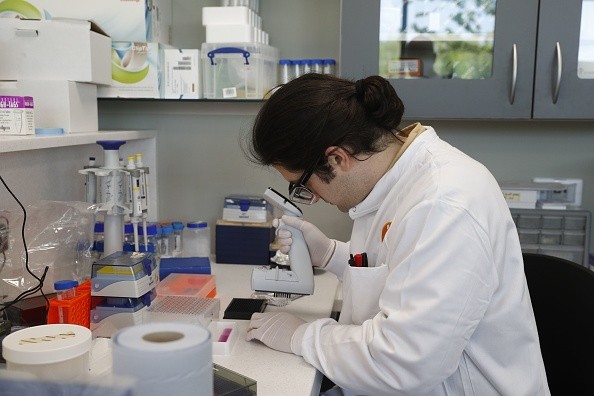Columbia Engineering researchers announce the development of a "cloaking" method that momentarily conceals therapeutic microorganisms from immune function, allowing them to transport medications to tumors and destroy cancer cells more efficiently in mice.
They built gene circuits that govern the bacterium surface by modifying the germs' DNA, resulting in the formation of a molecular "cloak" that envelopes the bacteria.
What's very intriguing about this research is that they all can control the system continuously, said Tal Danino, associate professor of biomedical engineering and co-leader of the project with Kam Leong, Samuel H. Sheng Professor of Biomedical Engineering.
Hijacking bacteria coatings to give its 'invisibility'

T cells that fight infections can occasionally fail to tell the difference between a friend and an adversary.
This is addressed by the genetically designed "microbial encapsulation system," as per Study Finds.
In nature, bugs defend themselves with a layer of sugary polymers called capsular polysaccharides, or CAP.
They demonstrated proof of concept in mouse models, but considering that people are 250 times more susceptible to bacterial endotoxins than mice, the researchers anticipated that their findings will have an even greater impact on human patients than on mice, according to Ph.D. student and co-lead author Tetsuhiro Harimoto.
Harimoto took over a probiotic CAP system from E. coli strain Nissle 1917. With CAP, these bacteria may resist immune attack for a short time.
Lacking CAP, they relinquish their encapsulating protection and are cleaned out of the body. So, they decided to make an efficient on/off switch.
The effective 'On/Off switch'
To accomplish these, scientists have created a novel CAP system known as inducible CAP or iCAP, as per ScienceDaily.
They command the iCAP mechanism by delivering an external cue, a tiny chemical known as IPTG, which enabled customizable and dynamic changes to the E. coli cell surface.
Because iCAP modifies microbial engagements with immune function (such as blood clearance and phagocytosis) in a controlled manner, the researchers discovered that they could regulate the duration bacteria can live in human blood by varying the amount of IPTG given to the iCAP E. coli.
Using bacteria to combat cancer is a very tricky part to balance
iCAP modifies the structure using a protein called IPTG, which programs and modifies the cell surface of E. coli by adjusting the quantity of the tiny molecule, the Columbia team was able to modify how long it lasted in human blood.
Bacteria-based immunotherapy is a burgeoning area of interest in cancer research, with researchers investigating a slew of new approaches to treating patients.
This alternate technique, however, is fraught with difficulties. Bacteria, unlike typical medications, are live creatures that may reproduce throughout the body.
Because bacteria avoid immune cells, iCAP boosted the maximum acceptable dosage tenfold in animal tumor models.
The invisibility cloak faded over time, indicating that the germs were cleared in other places of the body without causing any negative effects.
In further studies, the authors of the study modified the system to create an anti-tumor medication.
When compared to a control group, colon and breast tumors shrank substantially more in lab rats.
There are around 80 distinct varieties of CAP available for E. coli alone, as well as other bacterium species that scientists may develop using similar methods.
Furthermore, CAP is not the only molecule found on the surface of bacteria.
© 2025 NatureWorldNews.com All rights reserved. Do not reproduce without permission.





